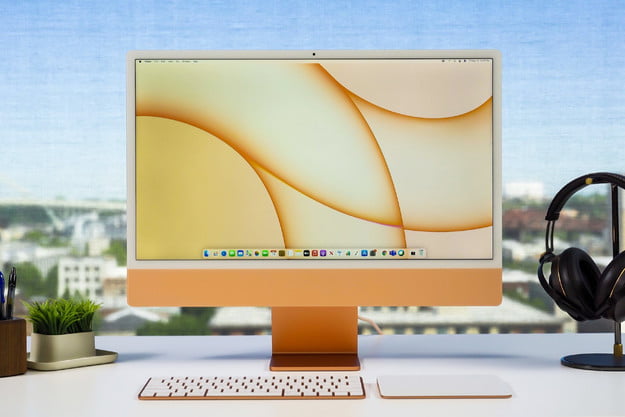
Related: Here is everything you need to know about Windows 9
In July, Windows 8.1’s desktop share stood at 6.56 percent. Last month, that rose to 7.09 percent. Meanwhile, Windows 8’s usage rose from 5.92 percent in July, to 6.28 percent last month.
Combined, Windows 8 and 8.1 occupy 13.37 percent of the desktop OS picture as of last month, which is up from 12.48 in July. However, Windows XP occupies close to double that (23.89 percent as of last month) despite the fact that it’s well over 10 years old. It’s worth noting though that XP’s share dipped a bit, from 24.82 percent in July, to 23.89 percent in August.
Then, there’s Windows 7, which dipped ever so slight from July’s 51.22 percent, to 51.21 last month. For what it’s worth, that’s up from 50.55 percent in June, which is an increase of 0.67 percent.
Related: Windows XP end of support survival guide
To us, the reasons for Windows XP’s and 7’s continued dominance over Windows 8 and 8.1 are simple. The first two operating systems have a Start menu and provide a familiar experience to users. Windows 8 and 8.1 don’t, though a Metro-ified version of the Start menu is likely to return in Windows 9. Then, of course, there’s the issue of cost. Windows 7 costs the same as Windows 8.1 does on Newegg; roughly $100. Most people clearly prefer to use the OS with a Start menu, even if it’s approaching five years of age.
The usage numbers for both Windows 8 and 8.1 are weak, and will likely remain that way forever.
Editors' Recommendations
- Can’t get the Windows 11 22H2 update? There could be a good reason why
- How to uninstall Windows 10 and downgrade to Windows 8.1
- I have an RTX 2080 and Core i9-10900K, and I can’t run Windows 11
- Here’s why your PC can’t install the Windows 10 May 2020 Update yet
- How Windows 7 saved Microsoft from driving over a cliff — twice


